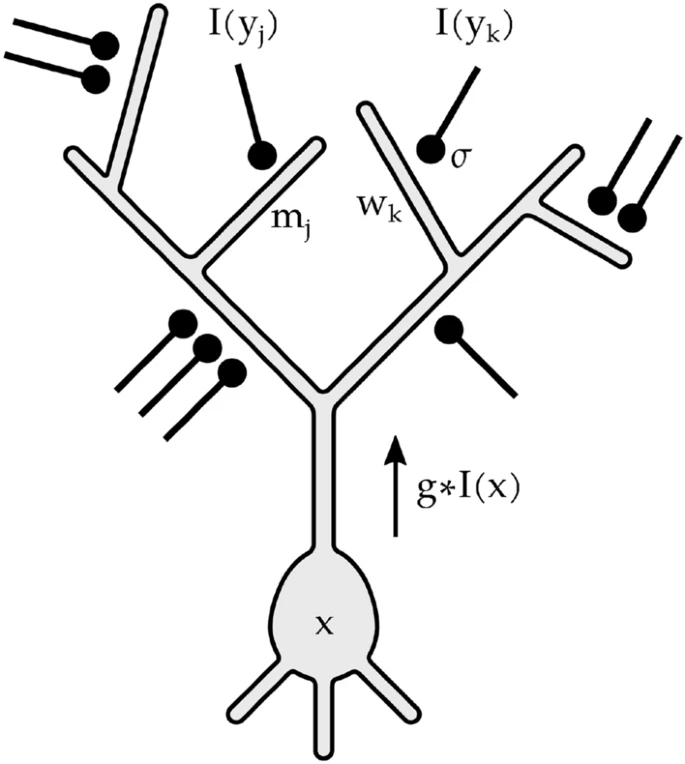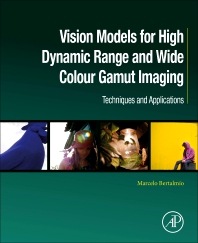Marcelo Bertalmío (Montevideo, 1972) worked as a full professor at Universitat Pompeu Fabra, Spain, in the Information and Communication Technologies Department, until April 2021. This is his webpage at his current affiliation, the Spanish National Research Council (CSIC), where he can be reached at 
He received the B.Sc. and M.Sc. degrees in electrical engineering from the Universidad de la República, Uruguay, and the Ph.D. degree in electrical and computer engineering from the University of Minnesota in 2001.
His publications total more than 13,000 citations. He was awarded the 2012 SIAG/IS Prize of the Society for Industrial and Applied Mathematics (SIAM) for co-authoring the most relevant image processing work published in the period 2008-2012. He has received the Femlab Prize, the Siemens Best Paper Award, the Ramón y Cajal Fellowship, and the ICREA Academia Award, among other honors. He was Associate Editor for SIAM-SIIMS and elected secretary of SIAM's activity group on imaging.
He is the CSO and co-founder of the start-up Lucid, that provides software solutions for cinema and video postproduction. Has co-authored 4 European patents and one Japanese patent.
Has obtained an ERC Starting Grant for his project “Image processing for enhanced cinematography” (IP4EC) and two ERC Proof of Concept Grants to bring to market tone mapping and gamut mapping technologies. He has coordinated two H2020 projects, HDR4EU and SAUCE, involving world-leading companies in the film industry.
Has written the books “Image Processing for Cinema” (CRC Press, 2014) and "Vision models for HDR and WCG imaging" (Elsevier, 2020), and edited the book "Denoising of Photographics Images and Video" (Springer, 2018). He presented tutorials on vision models for imaging and computer vision at CVPR 2020 and ICIP 2020.
Here's the video of a talk at UCLA's IPAM, with an overview of the research done at his lab in the period 2015-2020. More recently, he has introduced a novel formulation for the receptive fields of neurons, and his current research interests are in developing more accurate vision models, with applications to imaging, vision science and computer vision.
 |
The INRF model (Scientific Reports 2020). The responses of visual neurons, as well as visual perception phenomena in general, are highly nonlinear functions of the visual input, while most vision models are grounded on the notion of a linear receptive field (RF). The linear RF has a number of inherent problems: it changes with the input, it presupposes a set of basis functions for the visual system, and it conflicts with recent studies on dendritic computations. Here we propose to model the RF in a nonlinear manner, introducing the intrinsically nonlinear receptive field (INRF). Apart from being more physiologically plausible and embodying the efficient representation principle, the INRF has a key property of wide-ranging implications: for several vision science phenomena where a linear RF must vary with the input in order to predict responses, the INRF can remain constant under different stimuli. We also prove that Artificial Neural Networks with INRF modules instead of linear filters have a remarkably improved performance and better emulate basic human perception. Our results suggest a change of paradigm for vision science as well as for artificial intelligence. |
 |
The book "Vision models for HDR and WCG imaging" has been published by Elsevier in 2020. You can see early reviews and browse the table of contents here. |
Departament de Tecnologies de la Informació i les Comunicacions
Tànger building (Poblenou campus)
Tànger, 122-140
08018 Barcelona


